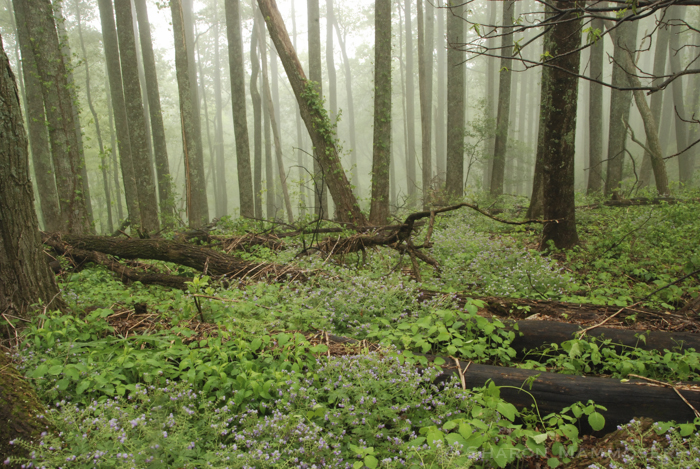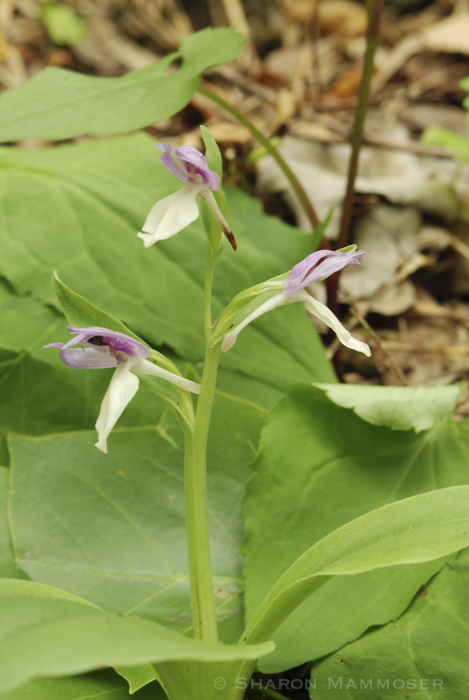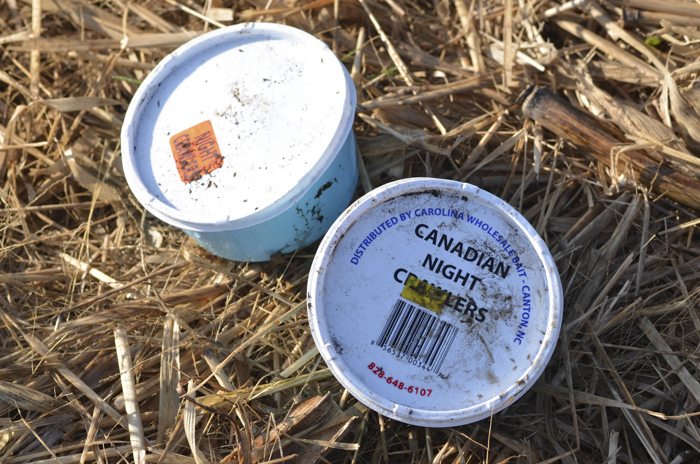So last week I did my Weekly Creature Feature about Earthworms and one of the points I made was that even though people associate earthworms with being “good for the soil,” many are in fact not good for the soil at all, especially if they  live in forests. One reader wrote in and asked how to tell the difference between a “good” and a “bad” worm.
live in forests. One reader wrote in and asked how to tell the difference between a “good” and a “bad” worm.
Perhaps you had this thought too as you were reading the post. It is certainly a little known truth–that earthworms could actually be non-beneficial and invasive. All of our lives it seems we were lead to believe just the opposite–that the presence of earthworms was a wonderful thing as these legless creatures provided us with a number of free services including aiding in decomposition of organic material and aerating the soil.
But research by scientists shows that we are wrong in a lot of ways about the way we think of earthworms. Native earthworms disappeared 10,000 years ago in all areas north of Pennsylvania. Any worms that you find north of that imaginary line are non-native and often invasive. Scientists define non-native as not originating FROM here and invasive as being non-native AND causing damage to our economy, our environment or our health. Many earthworms fit both definitions.

There is no such thing as a “good” worm or a “bad” worm as all worms just are what they are: That is, they eat decaying organic matter and leave behind changed soil. Everyone knows that having worms in your compost is a good thing. The worms break down all the organic matter, changing the structure, chemistry and biology of living organisms in the soil. Interestingly, those same worms that are in the soil in a FOREST are not good. Northern Forests where earthworms are present lack the thick layer of organic material on the surface, called duff. Many plants and animals thrive, and even require, this thick layer of duff. When worms invade the soil and run through this layer in no time flat, those same plants and animals suffer. In addition, scientists find that in forests where earthworms are present, two other negative effects are less diversity and abundance of fungi. And while this may not seem all that important, it actually is as many plants and animals depend on that fungi.
Below are two wonderful videos detailing why earthworms are not always a positive thing: This first one if from the National Science Foundation and really gives clear evidence of a forest with no worms present, compared to a forest where earthworms ARE present. The difference is amazing! Check it out here: Video
The other video is from The Smithsonian Environmental Research Center:

So if you are reading this and you live in one of the northern states–north of PA, then YOU can help stop the spread of invasive worms by:
- Throwing out any leftover worm bait after fishing instead of “letting them go” out in the woods or by the lakes where you are fishing
- Help spread the word about the importance of stopping the spread of these worms into our forests
- If you do compost, DO freeze your compost for at least 1 week before spreading it in your garden or outside. Freezing will kill any earthworms or eggs.
- Do not move leaves, mulch, compost or soil from one spot to another unless you are certain no earthworms or cocoons are present.
If you live south of PA, you can take the same steps, especially if you live in or near a forest, even though in many, if not all areas, worms already exist.
Hopefully this cleared up some questions and provided a bit more information. Please use the comment box if you have something to say or ask.


I am really worried about my wife’s reaction when she finds our freezer filled with compost right next to the leftover lasagne. Is there a sure fire way to handle this?
Joe, here’s what you do: Buy an appropriately sized and sturdy tuperware container. Use some permanent markers to print clearly in large letters–PLANT FOOD. If you are a creative kind of guy, go ahead and draw some artsy flowers on it too. Make it look NICE. Fill it with compost (Do this OUTSIDE! and please DO wipe off the sides if you spill dirt on them) and stick it in the freezer, maybe even right beside the lasagna.Then, pick some lovely flowers from the garden (the ones you fertilized with all of that wonderful compost!) and give them to her. When she asks what the occasion is you say “Just because you’re so beautiful.. like the flowers.” When eventually she notices the container in the freezer and asks about it, say that’s what makes the flowers so beautiful!…. let me know how that works out.
Joe, Here’s what you do: Buy a sturdy, appropriately-sized tupperware container. Use some permanent markers to write in large letters: PLANT FOOD. If you have even the tiniest bit of artistic ability, maybe add some colorful flowers. Fill the container with compost (Be sure and do this OUTSIDE, so as to not get dirt all over the kitchen counter and wipe anyHINT OF DIRT off the sides) and put it in your freezer, maybe even next to the lasagna. Then, pick some lovely flowers from your garden when the time comes (the ones you added compost to) and present them to your wife. When she asks what the flowers are for, tell her “Just because you are beautiful.” Then, when she eventually notices the container in the freezer and asks about it, say “It is why the flowers are so beautiful!” Simple. And surefire. … good luck and let me know how it turns out!
I will not only take your suggestion; but I would go so far as to say that this was probably the most wonderful and well thought out reply in the history of blogs.
Wow, quite a compliment; thank you! I try.